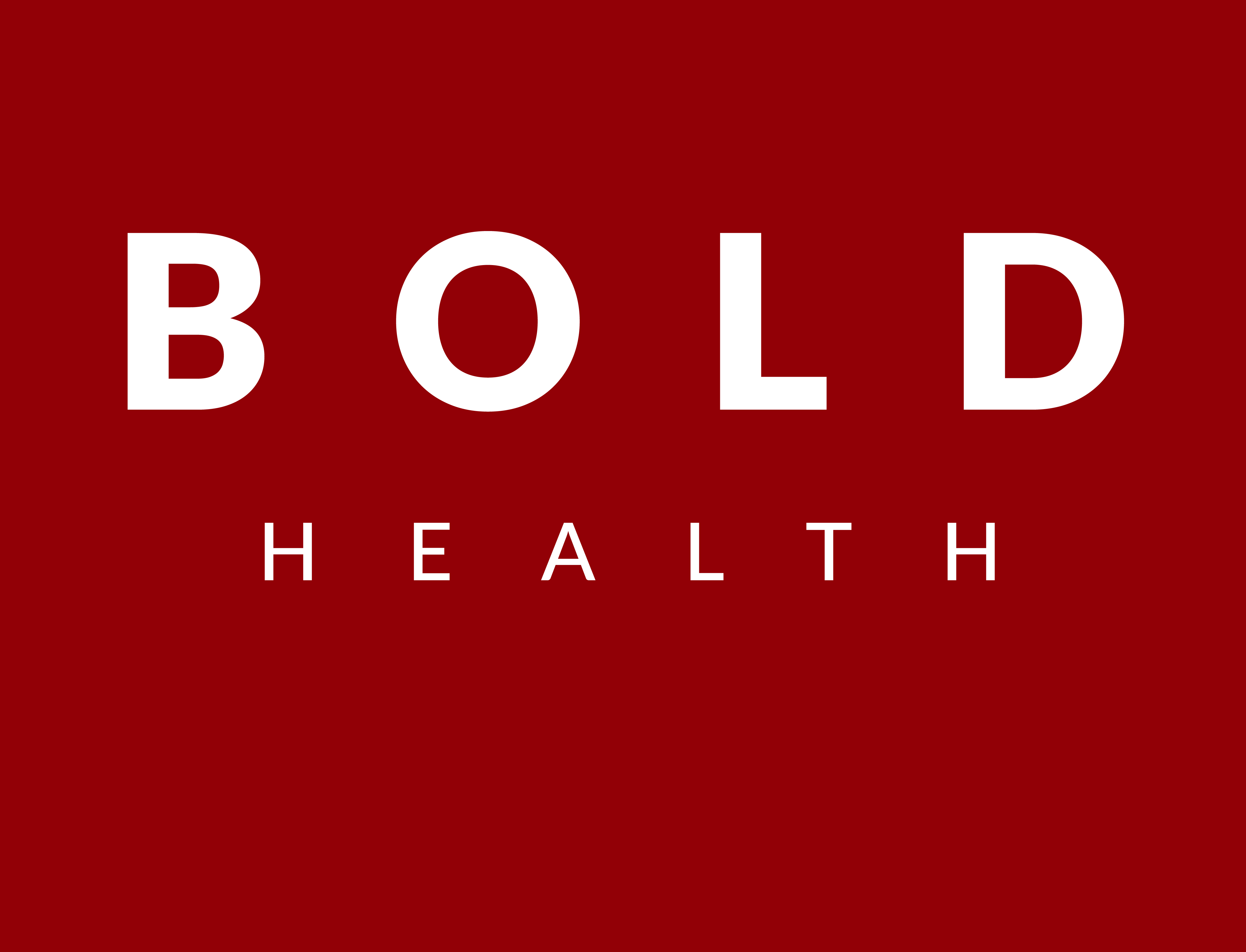

ERP (Exposure and Response Prevention) and Traditional Therapy are two distinct approaches to mental health treatment. While ERP is a specific type of Cognitive Behavioral Therapy (CBT) primarily used for treating obsessive-compulsive disorder (OCD), Traditional Therapy encompasses a broader range of psychotherapeutic techniques used for various mental health issues.
History and Evolution
The history of ERP dates back to the 20th century and is closely linked with the development of CBT. In contrast, Traditional Therapy has roots that are much older, stretching back to the beginnings of psychology as a scientific discipline.
Key Principles
ERP focuses on exposing the patient to their fears or triggers in a controlled environment and teaching them how to refrain from their usual response or compulsion.
Traditional Therapy, on the other hand, might involve various techniques from psychodynamic to humanistic approaches, depending on the therapist’s orientation.

ERP: Key Principles
- Exposure: The central component of ERP is exposure, which involves gradually and systematically confronting the fear or trigger. This exposure is carefully planned and controlled by the therapist. For instance, if a patient has a fear of germs, the exposure might involve touching a doorknob and refraining from immediately washing hands.
- Response Prevention: Alongside exposure, response prevention is crucial. It teaches the patient to resist the urge to engage in compulsive behaviors following exposure to the fear trigger. Continuing the previous example, the patient would resist the compulsion to wash their hands, learning over time that the anxiety decreases even without the compulsive action.
- Controlled Environment: ERP is conducted in a safe and controlled environment, often starting in the therapist’s office and gradually moving to real-world settings. This controlled approach ensures that the patient feels supported throughout the process.
- Anxiety Management: Patients learn to manage the anxiety that exposure induces. Techniques like deep breathing, mindfulness, or relaxation might be used to cope with the discomfort.
- Cognitive Restructuring: ERP often involves elements of cognitive restructuring, helping patients challenge and change unhelpful beliefs related to their fears.

- Diverse Approaches: Traditional Therapy encompasses a wide range of therapeutic approaches. The specific technique used depends on the therapist’s orientation and the needs of the client.
- Psychodynamic Approach: This approach focuses on unconscious processes as they are manifested in a person’s present behavior. The goals of psychodynamic therapy are client self-awareness and understanding of the influence of the past on present behavior.
- Humanistic Approach: Emphasizes the importance of being your true self in order to lead the most fulfilling life. It’s based on the principle that everyone has their own unique way of looking at the world, which impacts their actions and choices.
- Client-Centered: A key aspect of traditional therapy, especially in humanistic approaches, is the idea of client-centered treatment. This involves the therapist providing a supportive environment in which the client can re-establish their true identity.
- Exploration of Past Experiences: Unlike ERP, traditional therapy often delves into a person’s past experiences to uncover root causes of current issues. This could involve exploring childhood experiences, past traumas, or significant past relationships.
- Relationship Building: The therapeutic relationship is a cornerstone of traditional therapy. The therapist provides a non-judgmental, empathetic environment, encouraging open and honest communication.
- Technique Integration: Traditional therapists might integrate multiple techniques, like cognitive-behavioral methods, mindfulness, or expressive arts therapy, based on what is most beneficial for the client.
In summary, while ERP is more structured, focused on exposure, and specific in its approach to managing fears and compulsions, traditional therapy is broader, often delving into a person’s psychological history and integrating various psychotherapeutic techniques. Both have their unique principles and methods, making them suitable for different types of psychological needs and challenges.
Effectiveness
Numerous studies have shown that ERP can be highly effective for treating OCD. Traditional Therapy’s effectiveness can vary widely depending on the type of therapy and the issue being treated.
Advantages
One of the main advantages of ERP is its structured approach and measurable outcomes. Traditional Therapy offers flexibility and can be tailored to the individual needs of the client.
Limitations
ERP can be challenging for patients due to the anxiety it initially induces. Traditional Therapy may take longer to show results and its effectiveness can be more subjective.
Accessibility
ERP is relatively accessible, though it requires specialized training from the therapist. Traditional Therapy is widely available, but the quality and approach can vary significantly.
Therapist Training
Therapists offering ERP need specific training in CBT and exposure techniques. Traditional therapists may have a broad range of training depending on their therapeutic orientation.
Integration with Other Therapies
ERP can be integrated with other CBT techniques. Traditional Therapy is often used in conjunction with various other therapeutic approaches.
Future Trends
The future of ERP may see it being adapted for a broader range of disorders. Traditional Therapy is continually evolving, with new approaches and techniques being developed.
While ERP and Traditional Therapy differ in approach, methodology, and applications, both play vital roles in the mental health field. The choice between the two depends on the individual needs and specific mental health challenges of the client.

Experience Exceptional OCD Treatment with BOLD Health
At BOLD Health, we pride ourselves on our distinguished reputation in providing effective ERP (Exposure and Response Prevention) therapy in San Diego. We understand the impact of OCD on your life and are committed to helping you find relief from the distressing symptoms of worry, compulsions, and obsessions.
We believe in a personalized approach to treatment. By taking the time to truly understand your unique needs, we develop a tailored OCD treatment plan that’s just right for you. Our comprehensive range of services includes our specialized OCD Intensive Outpatient Program, a variety of psychotherapy options, and effective medication management. Sometimes, a combination of these approaches is the key to unlocking your path to recovery.
Your journey towards freedom from obsessive-compulsive disorder deserves the utmost care and expertise. At BOLD Health, we’re not just your OCD therapists; we’re your partners in this journey. Let us guide you towards a happier, more peaceful life, free from the constraints of OCD.
Partner with BOLD Health and embark on your journey to wellness today.


